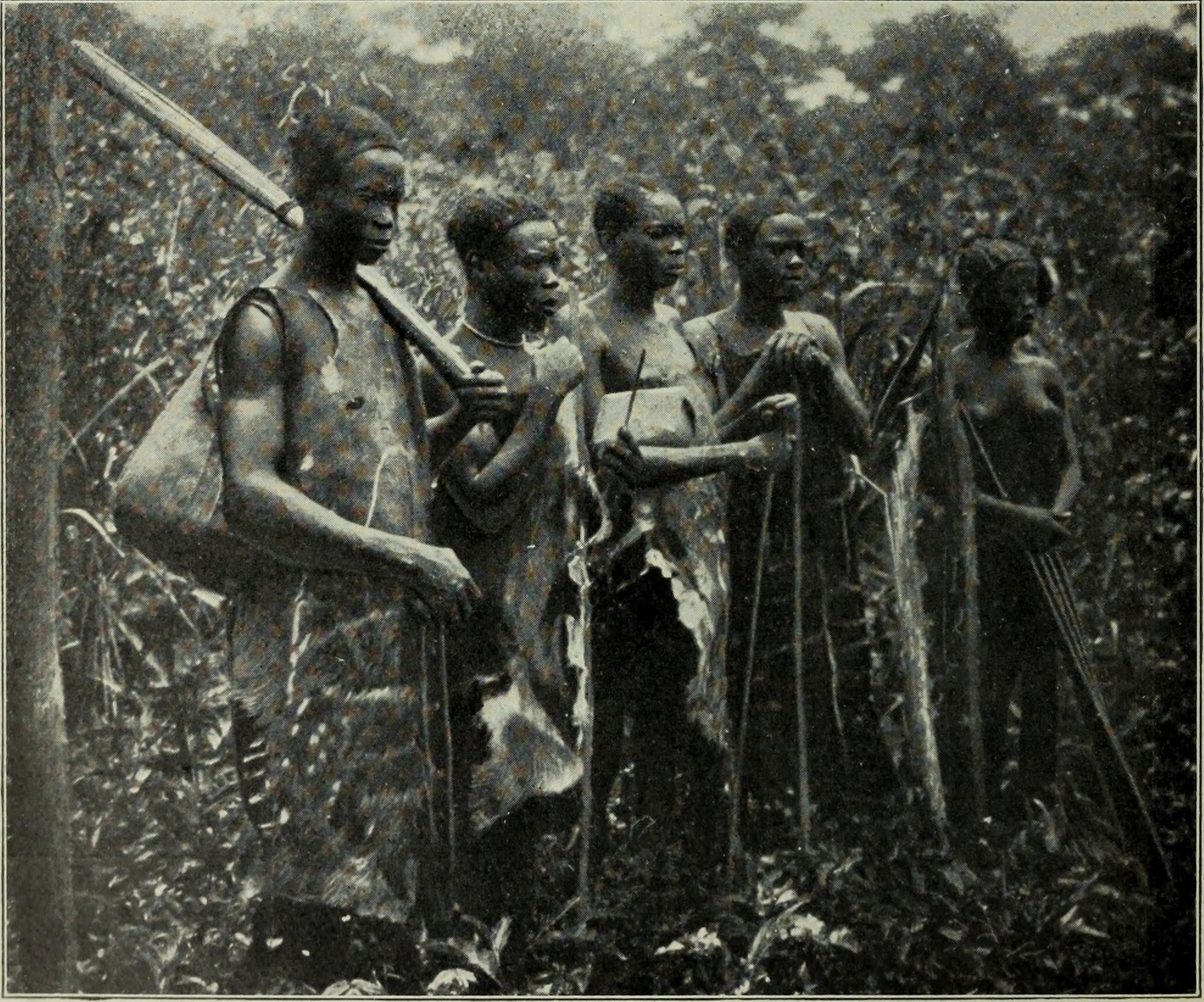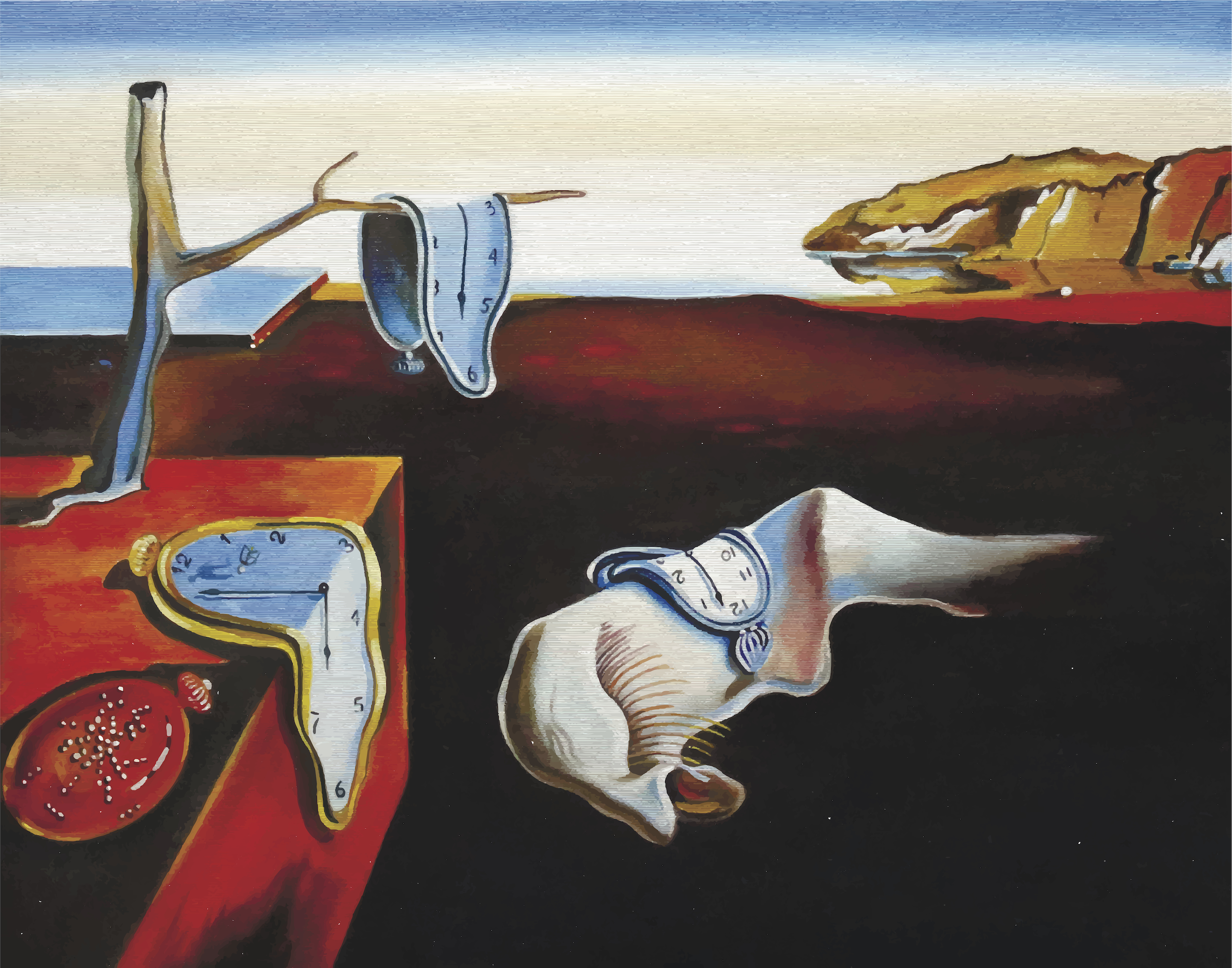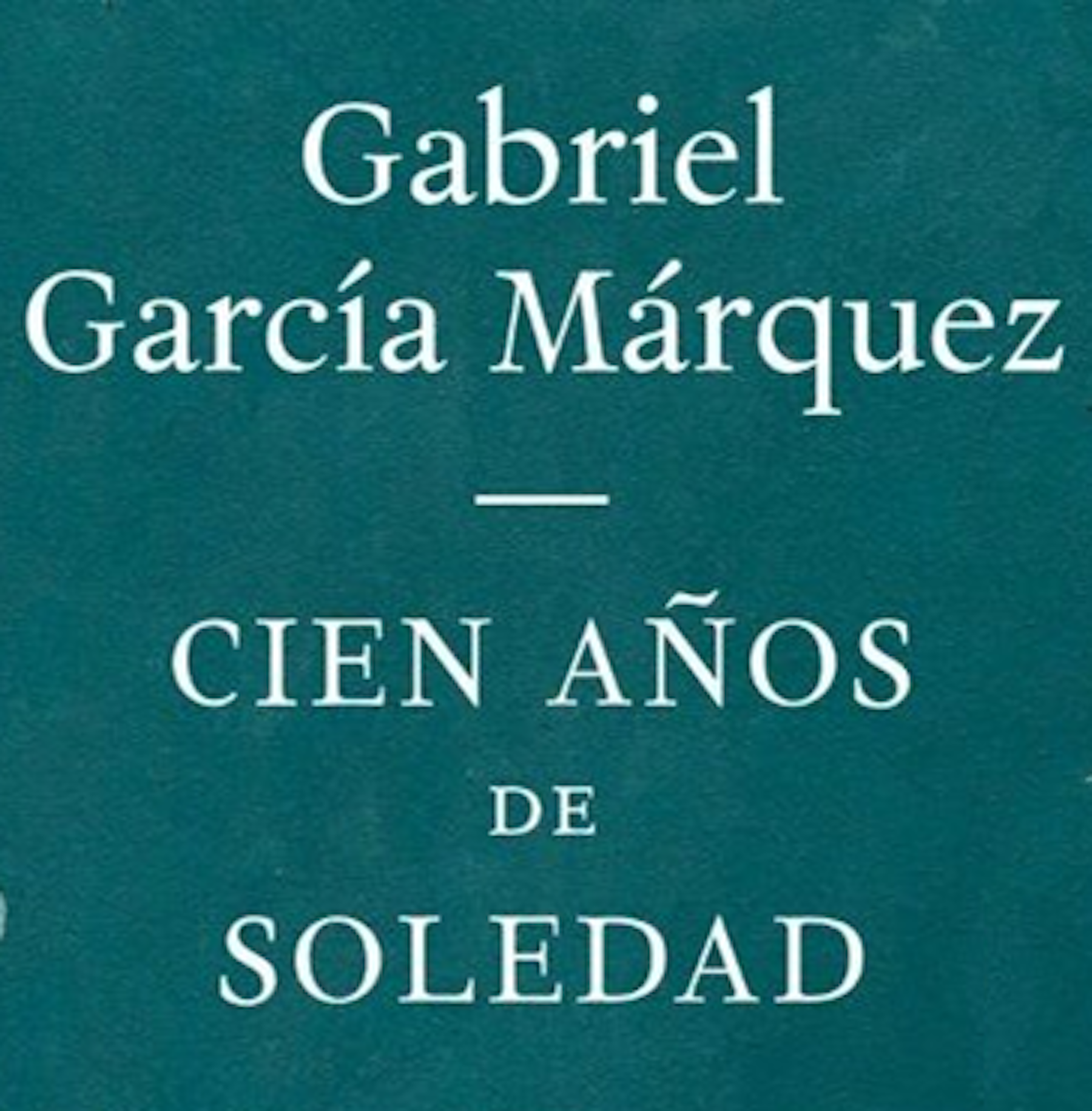The question of why the granary collapsed was something that the Azande people associated with witchcraft. Evans-Pritchard tried to understand why they thought that it was witchcraft as opposed to, for example, a natural reason. What he quickly realised was that although this was an example of thinking through witchcraft, in fact, what the Azande people were trying to answer was not why the granary collapsed. They knew perfectly well it had collapsed because the timbers that supported the granary were rotten. That was clear to everyone. What the Azande wanted to understand was why the granary collapsed at that particular moment, injuring those particular people. That is a very difficult question for a scientist to answer – far more difficult than just saying that the granary collapsed because the timbers were rotten.
So, Evans-Pritchard started to understand witchcraft, not necessarily as an example of some kind of occult or magical thinking, but as an almost rational way of engaging with difficult questions where other lines of thought had not supplied useful answers.


